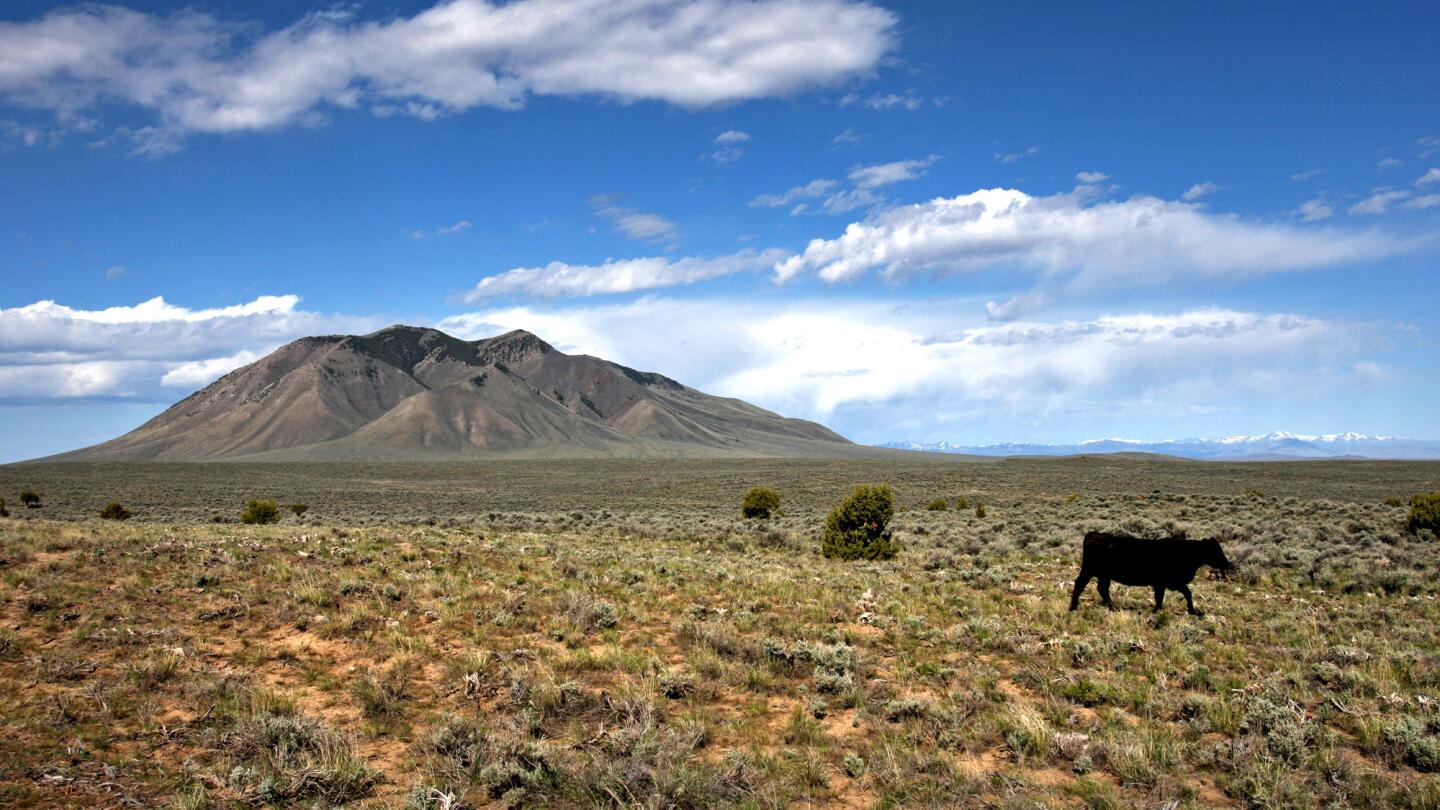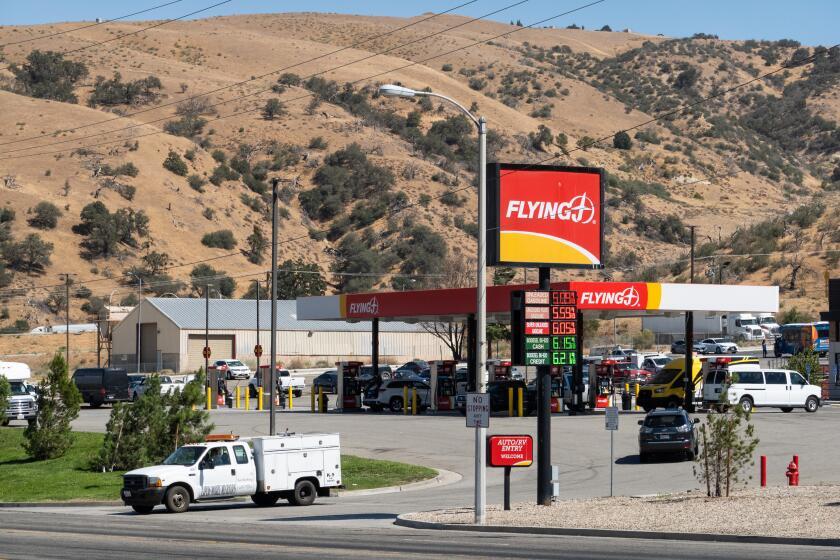A way of life as old as the American West is drying up in the face of severe drought. As vegetation becomes more scarce on federal land from the Rocky Mountains to the Pacific Ocean, cattle, sheep and horse ranchers are being forced to curtail grazing on hundreds of millions of acres.
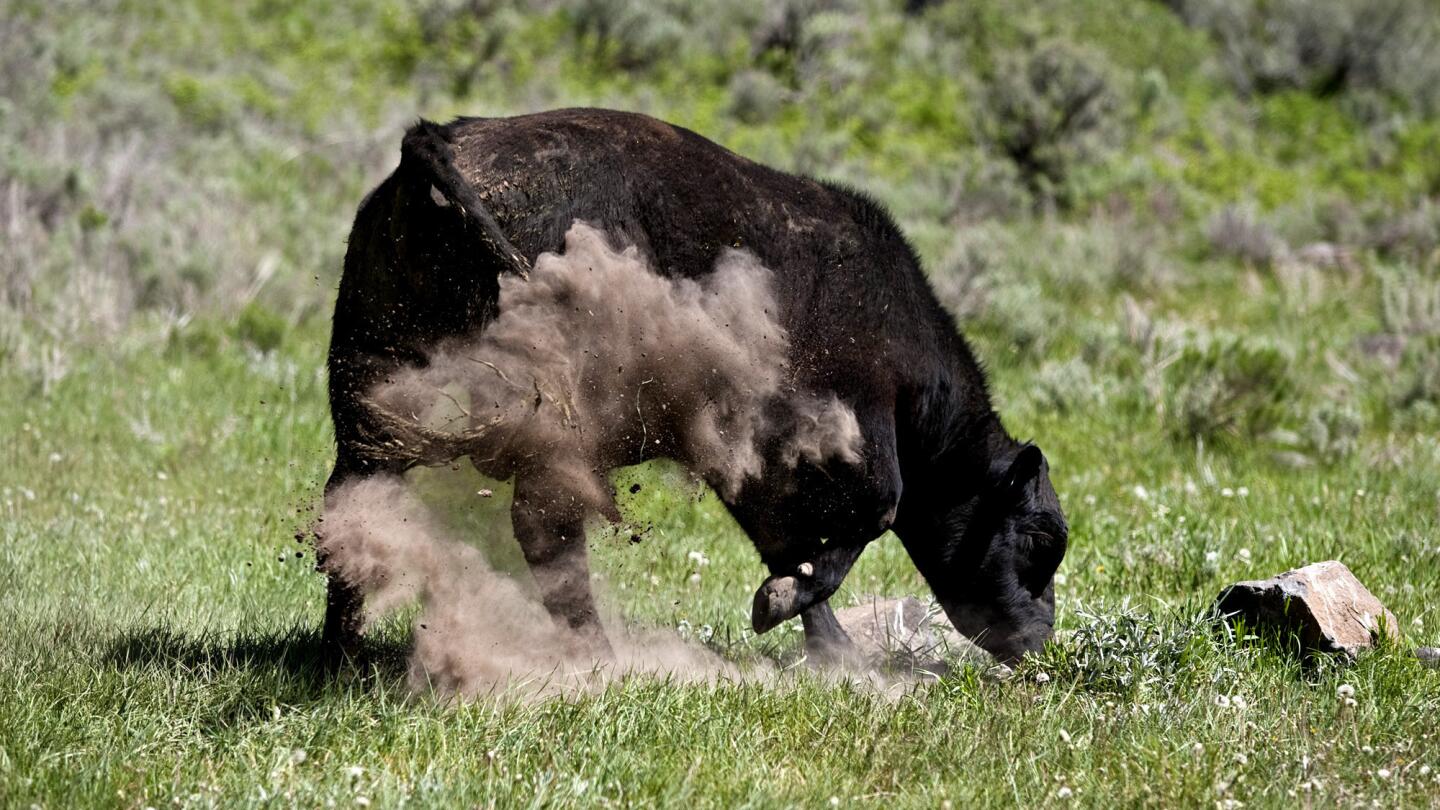
An Angus steer kicks dirt across his body to keep the flies off while grazing in Idaho. Because of the drought, the BLM has cut grazing land, and ranchers across the West are selling off herds or paying huge sums to buy hay to feed the animals they have left. (Allen J. Schaben / Los Angeles Times)
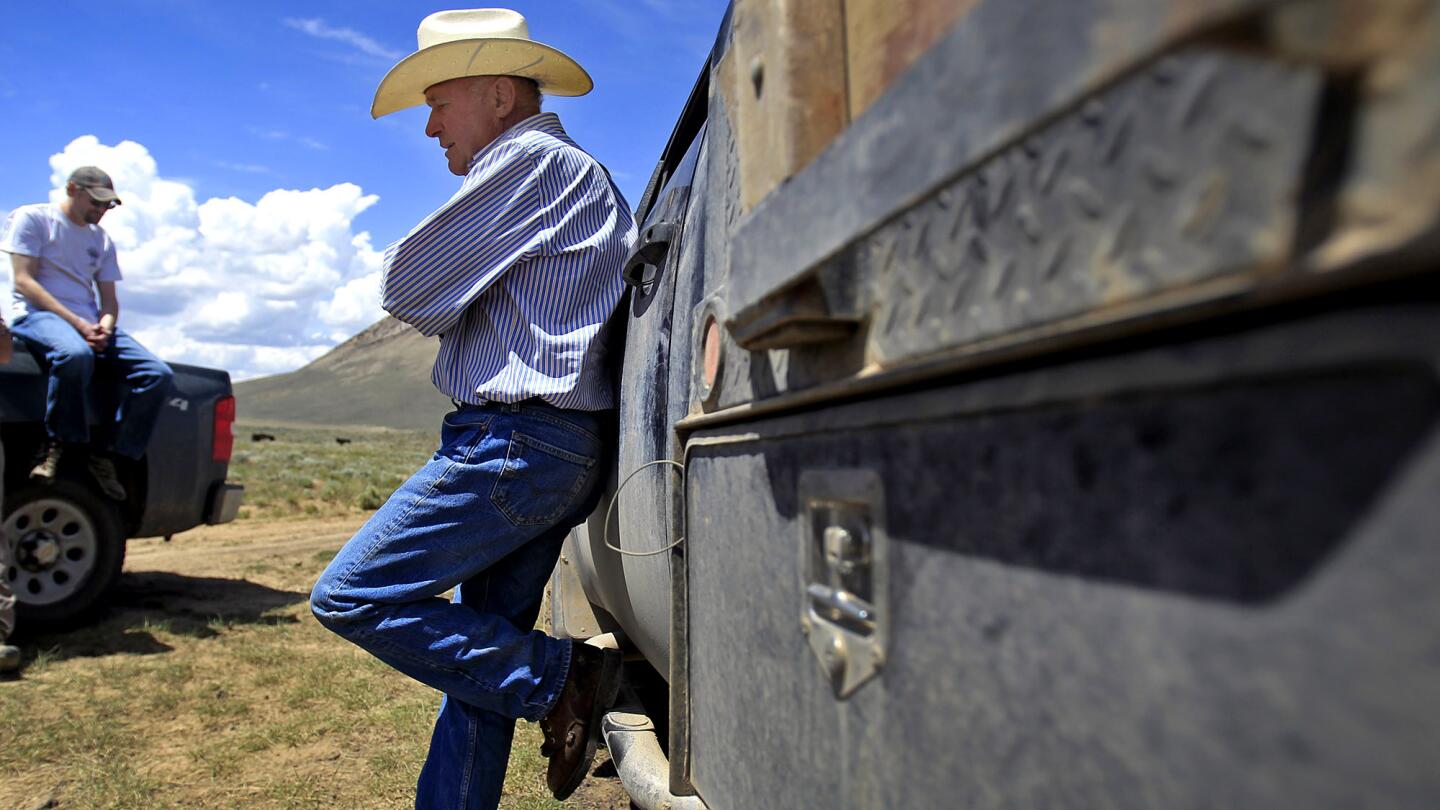
Jeremy Casterson, left, field manager, Upper Snake Field Office, Bureau of Land Management, talks about BLM grazing issues with sheep and cattle rancher Ken Wixom, who has been ranching for decades in eastern Idaho. (Allen J. Schaben / Los Angeles Times)
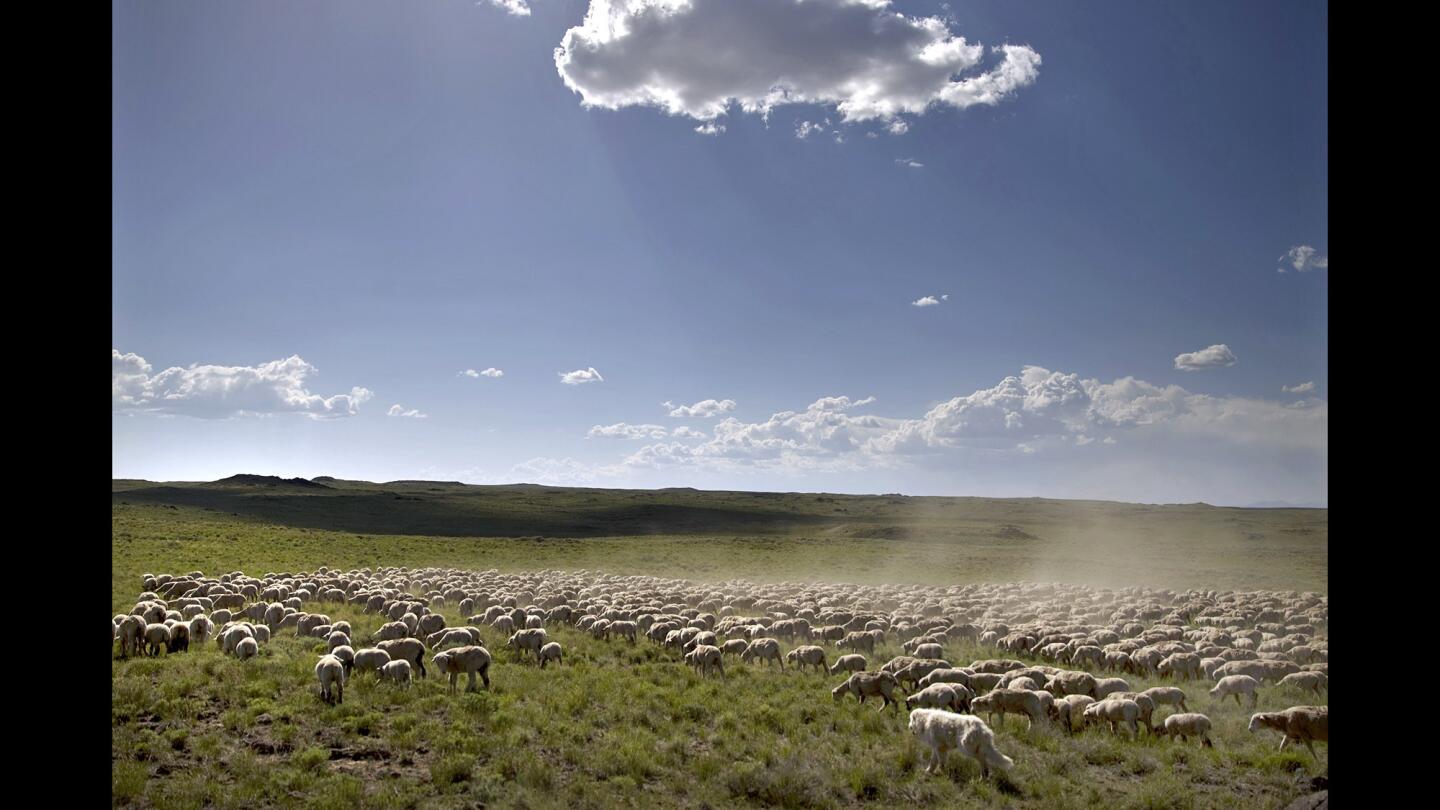
Rancher Ken Wixom’s 4,000 Rambouillet ewe sheep kick up dust as they are herded to a new patch of BLM land in the high desert in eastern Idaho. (Allen J. Schaben / Los Angeles Times)
Advertisement
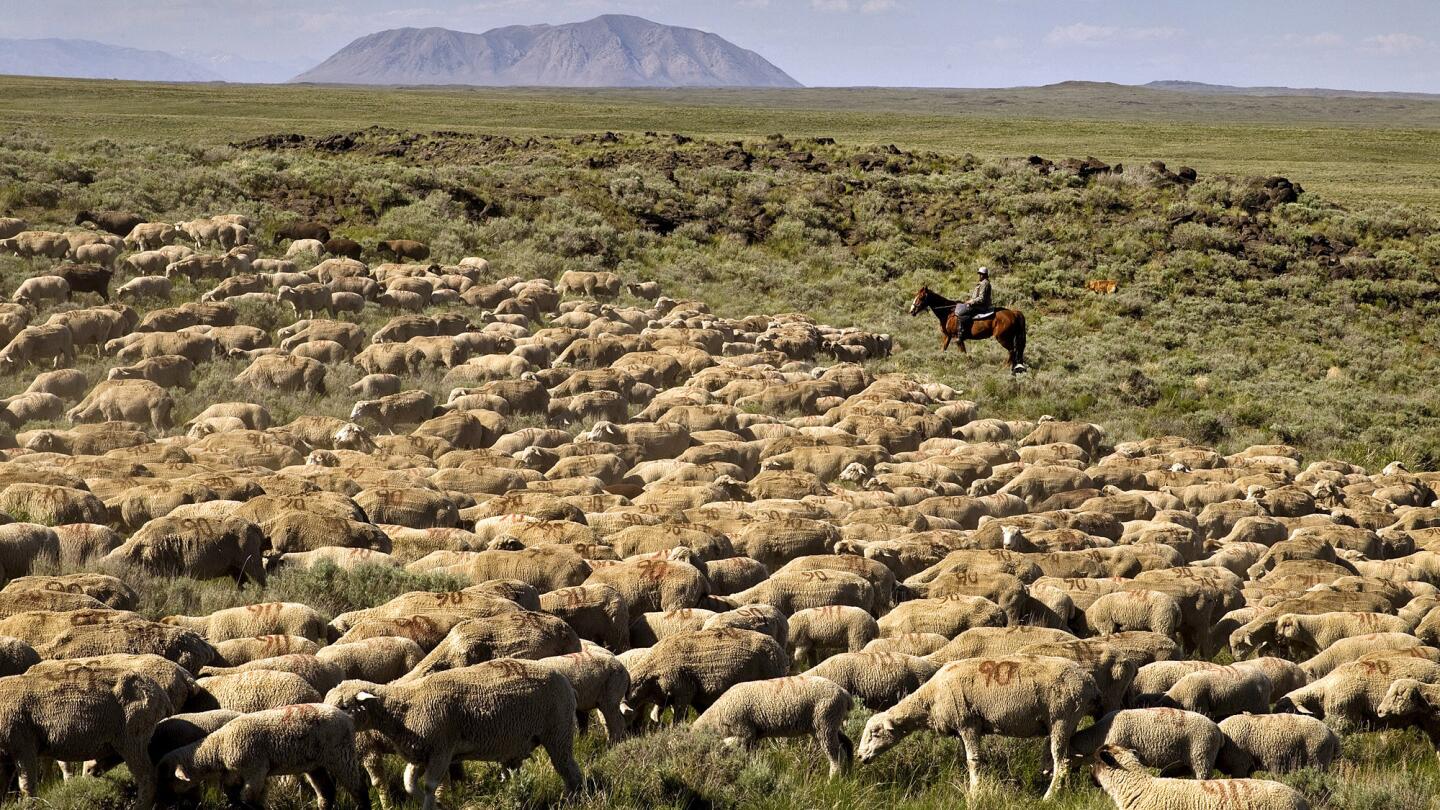
Ignacio Rupai herds rancher Ken Wixom’s 4,000 Rambouillet ewe sheep, grazing on federal land in eastern Idaho. (Allen J. Schaben / Los Angeles Times)
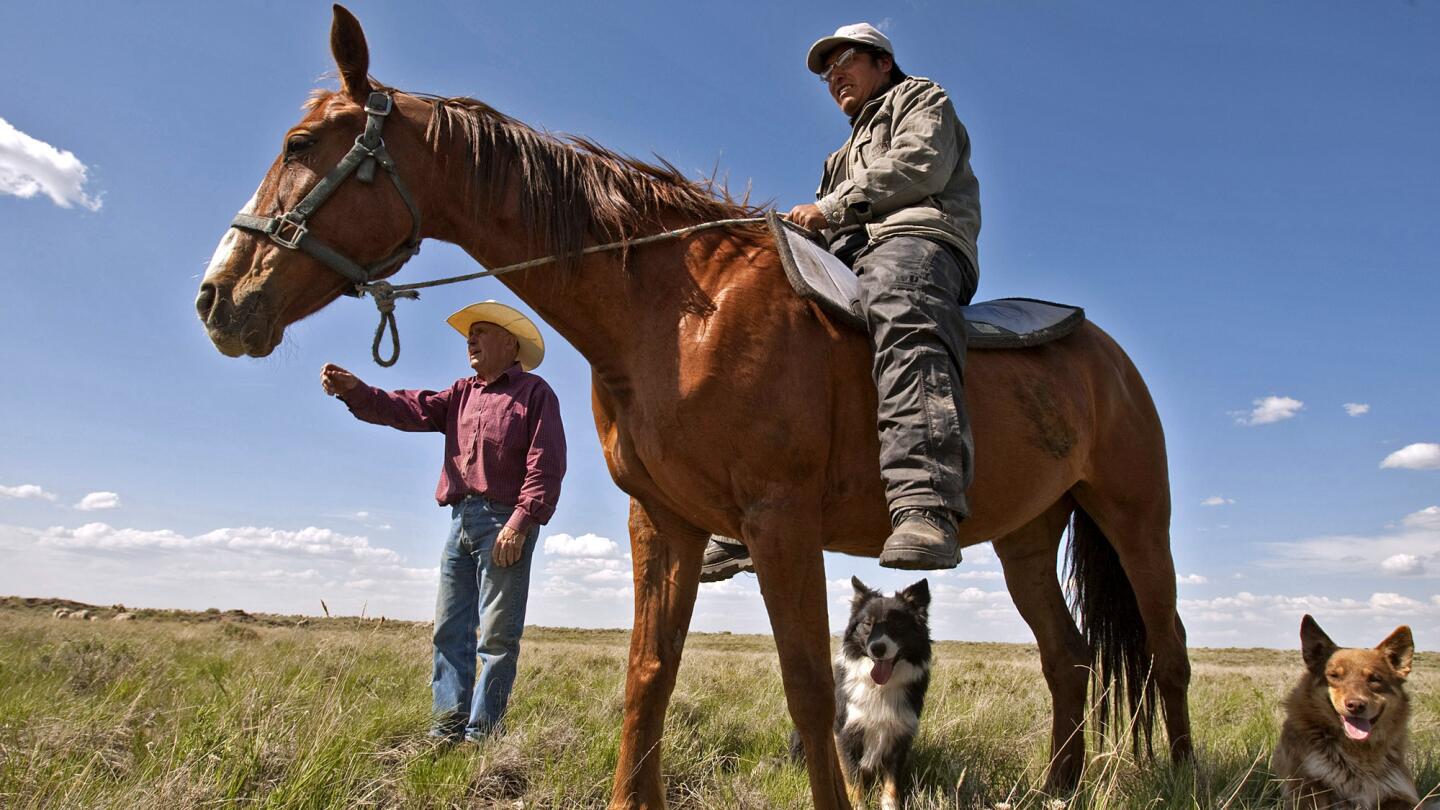
His dogs keep their eyes out for stray sheep as rancher Ken Wixom, left, instructs sheep herder Ignacio Rupai where to herd Wixom’s sheep on BLM land in eastern Idaho. (Allen J. Schaben / Los Angeles Times)
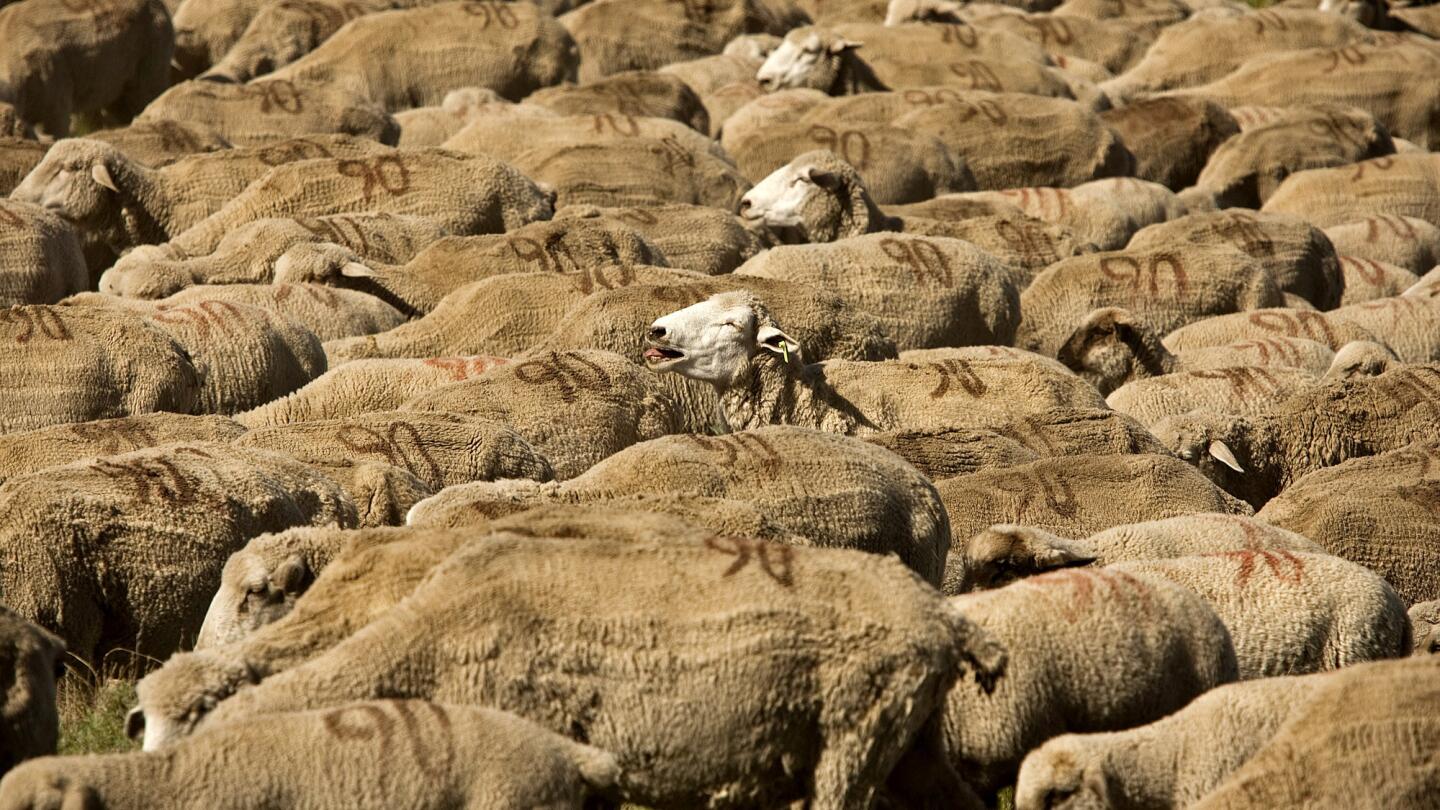
Wixom’s sheep bunch up as they are herded through BLM land in eastern Idaho. (Allen J. Schaben / Los Angeles Times)
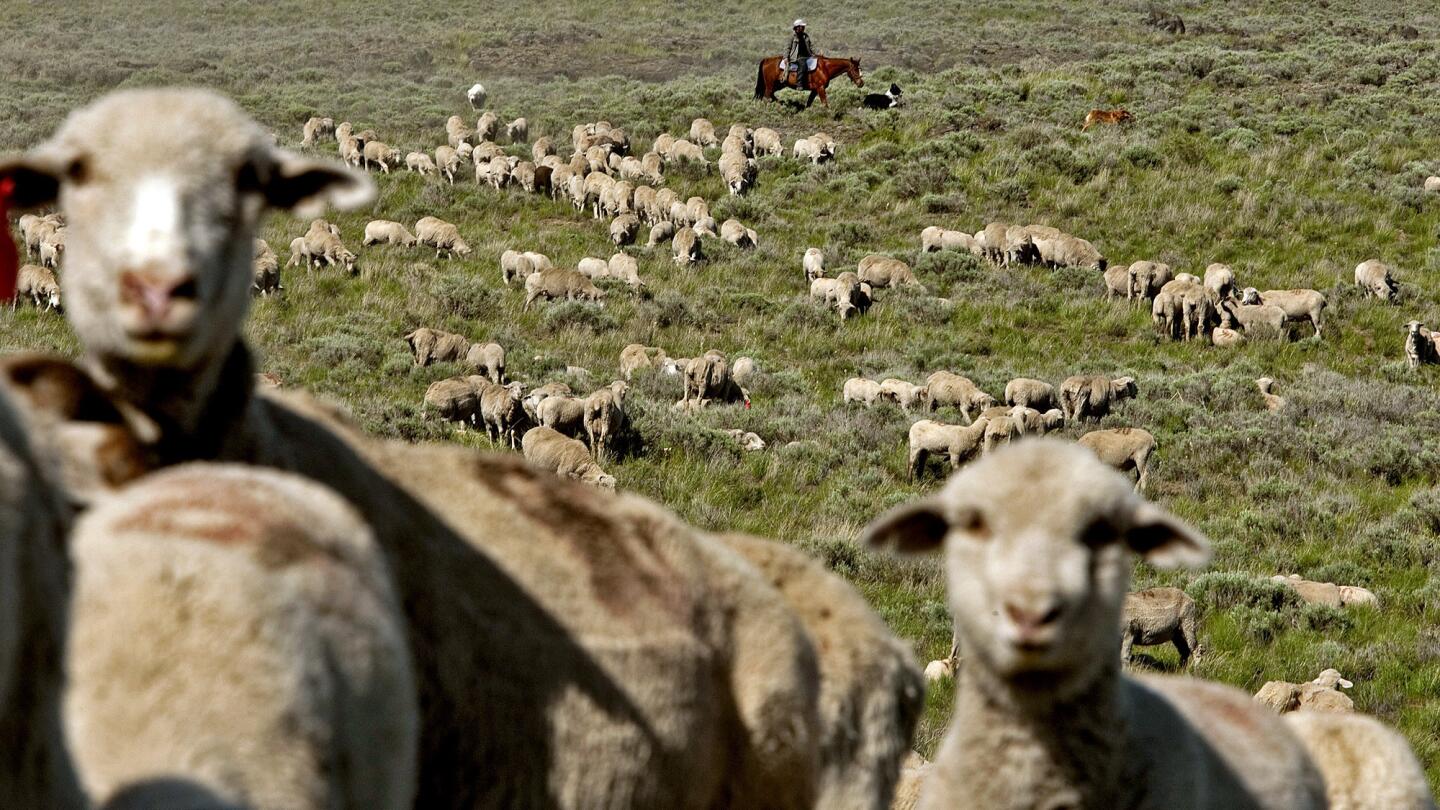
Ignacio Rupai herds rancher Ken Wixom’s sheep in eastern Idaho. (Allen J. Schaben / Los Angeles Times)
Advertisement
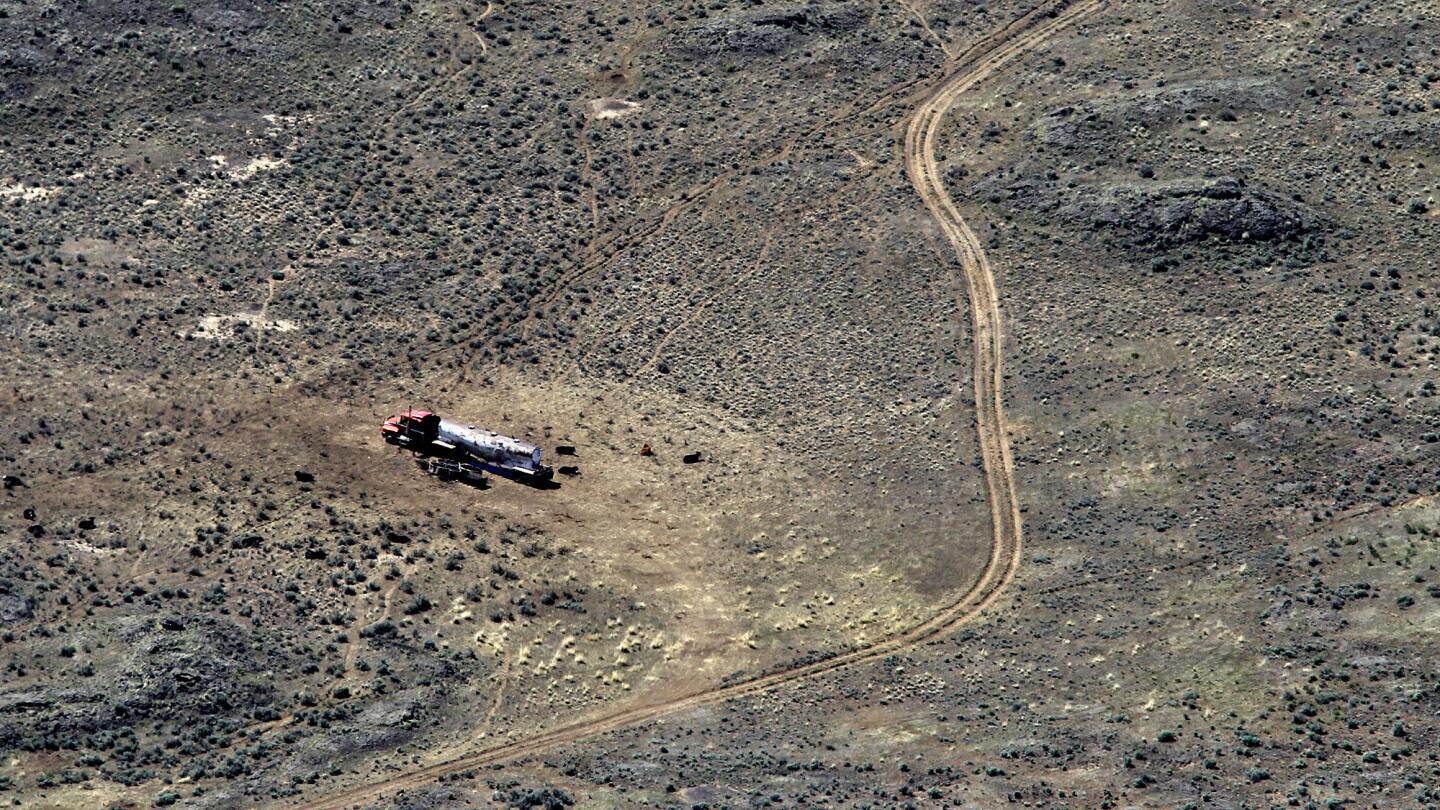
A tanker truck brings water to a small herd of Angus cows in areas where none is accessible as they graze on drought-stressed BLM land in eastern Idaho. (Allen J. Schaben / Los Angeles Times)
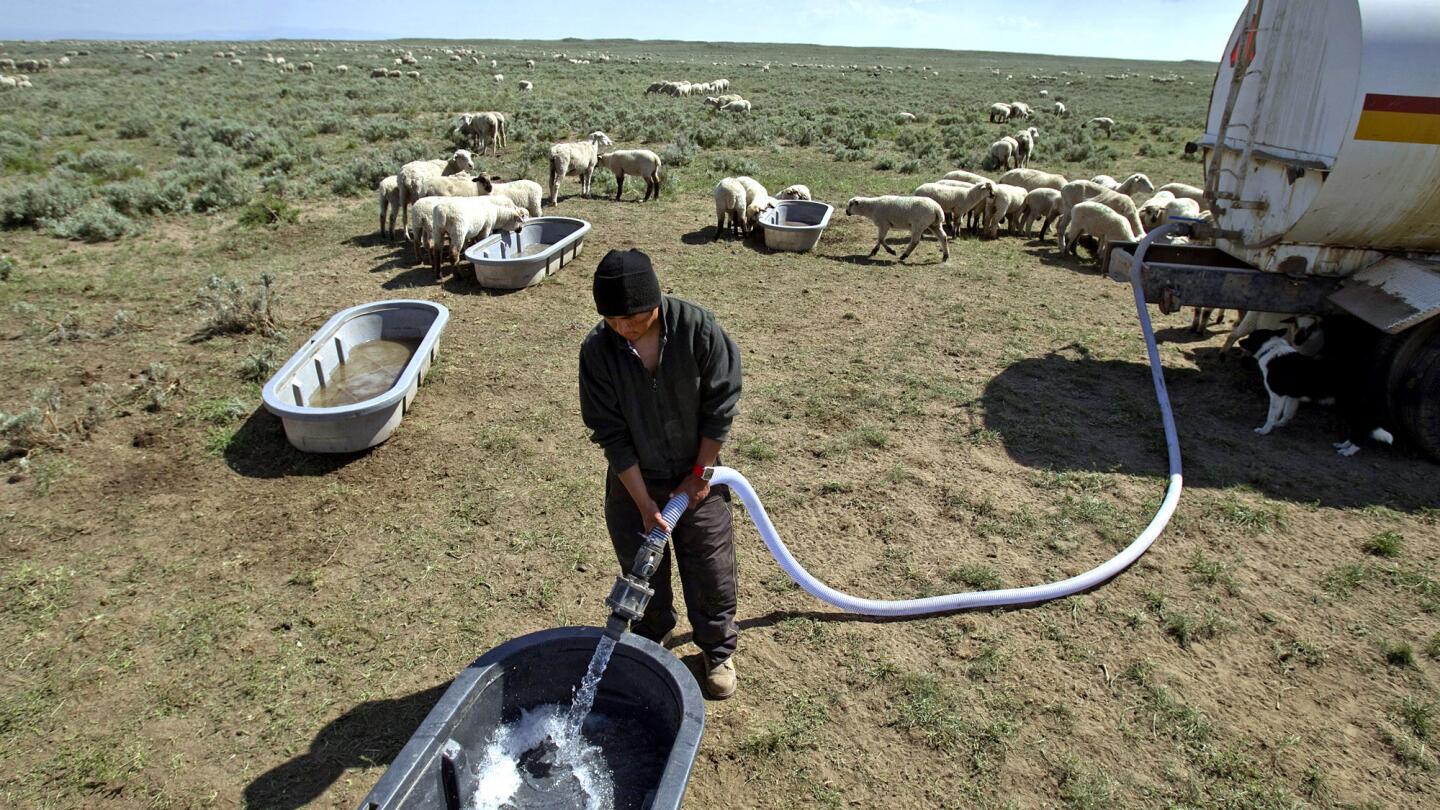
Because water is scarce in this part of the high desert, sheepherder Rosebell Aquino pours water from a tanker for rancher Ken Wixom’s 4,000 sheep in the high desert of eastern Idaho. (Allen J. Schaben / Los Angeles Times)
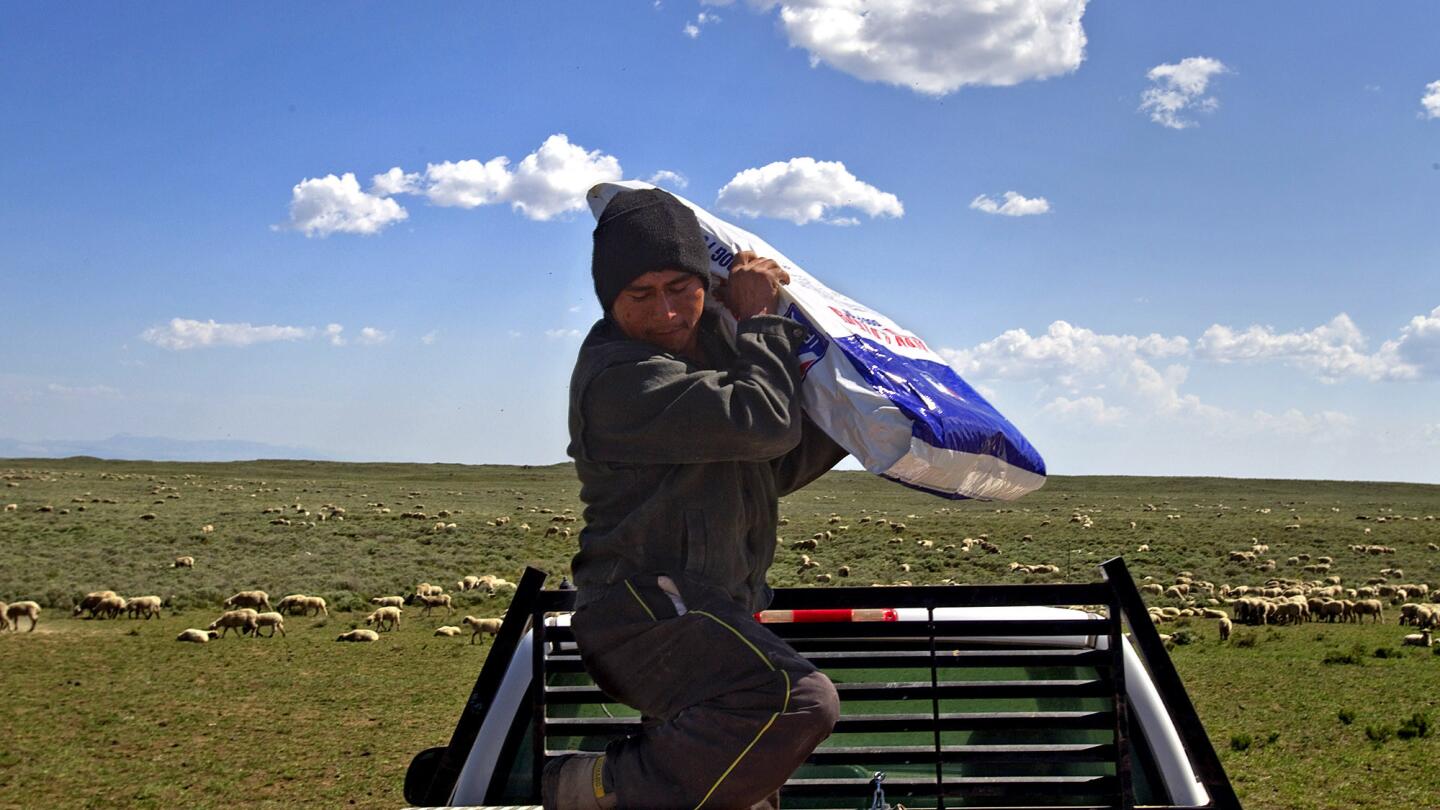
Sheepherder Rosebell Aquino unloads supplies on BLM grazing land in eastern Idaho. (Allen J. Schaben / Los Angeles Times)
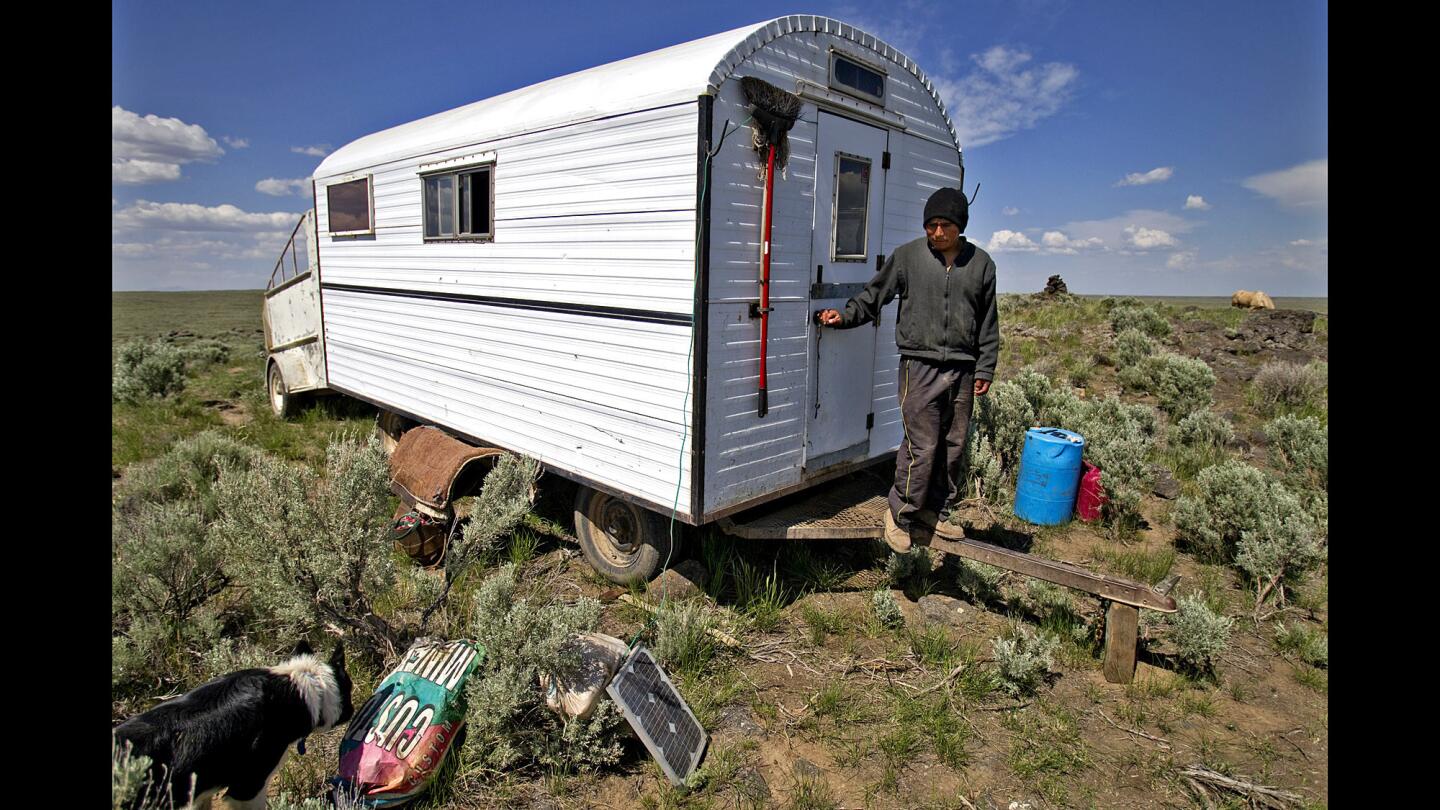
Sheepherder Rosebell Aquino, 24, from Peru, takes a break at the mobile home where he lives year-round, through the heat and snow, to tend sheep in eastern Idaho. The federal grazing way of life could be endangered by the West’s protracted drought. (Allen J. Schaben / Los Angeles Times)
Advertisement
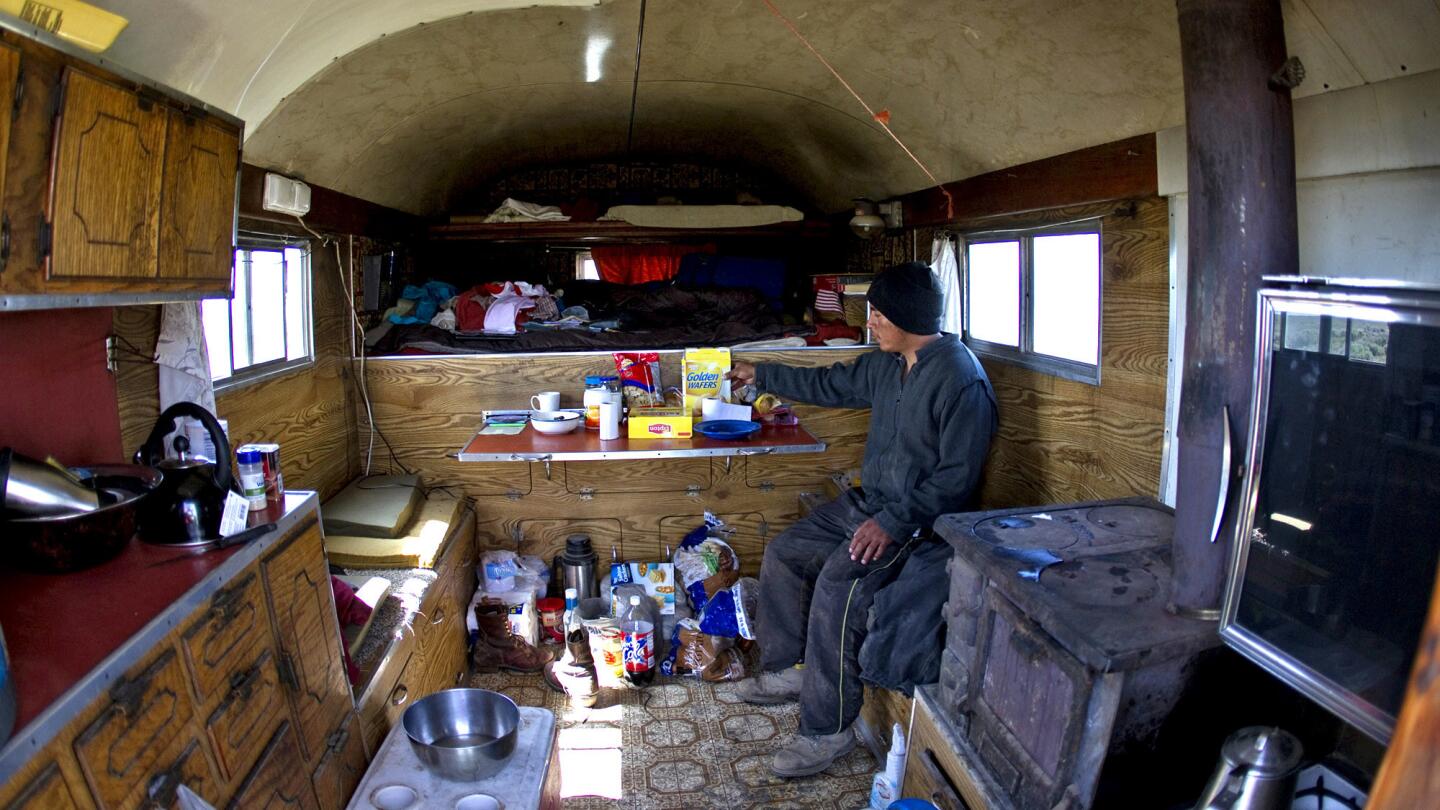
Sheepherder Rosebell Aquino takes a break in his mobile home. (Allen J. Schaben / Los Angeles Times)
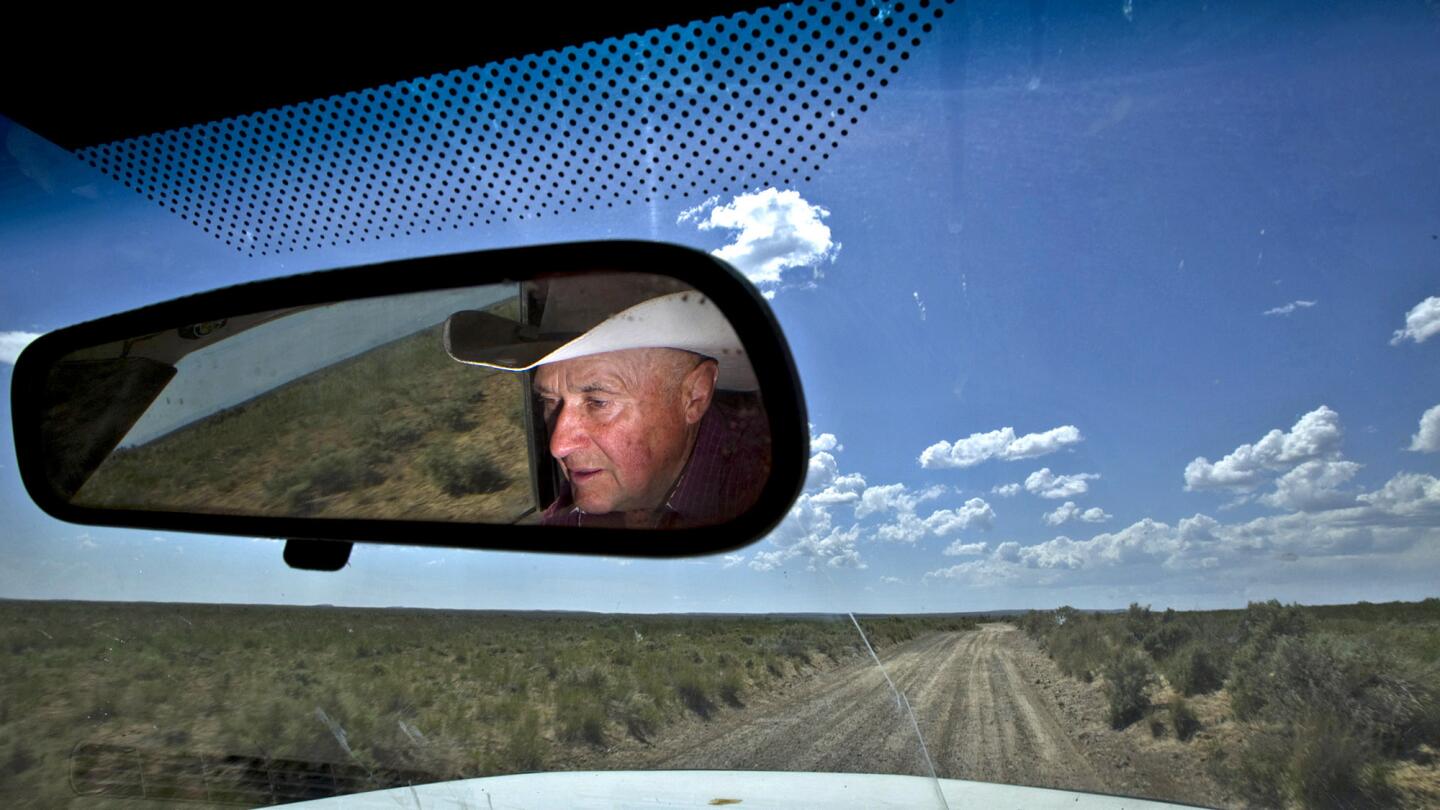
Rancher Ken Wixom drives across BLM land in eastern Idaho where he grazes his herd of 4,000 sheep. “All these issues -- it’s changing the landscape of the West, dramatically,” he said. (Allen J. Schaben / Los Angeles Times)
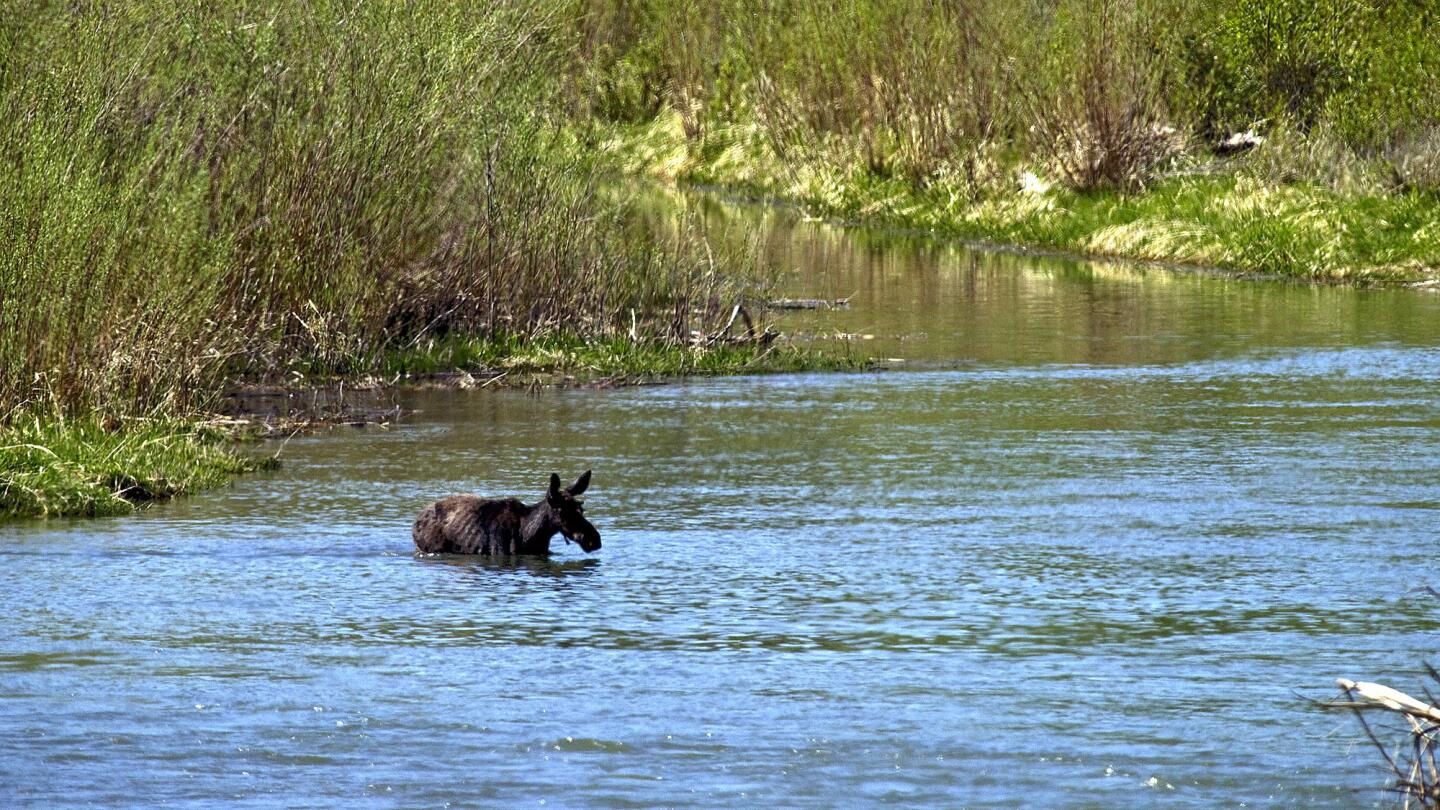
A skinny yearling moose wades across the Snake River in eastern Idaho. Years of drought in the West have dried up food sources for both wildlife and livestock that share federal grazing land. (Allen J. Schaben / Los Angeles Times)
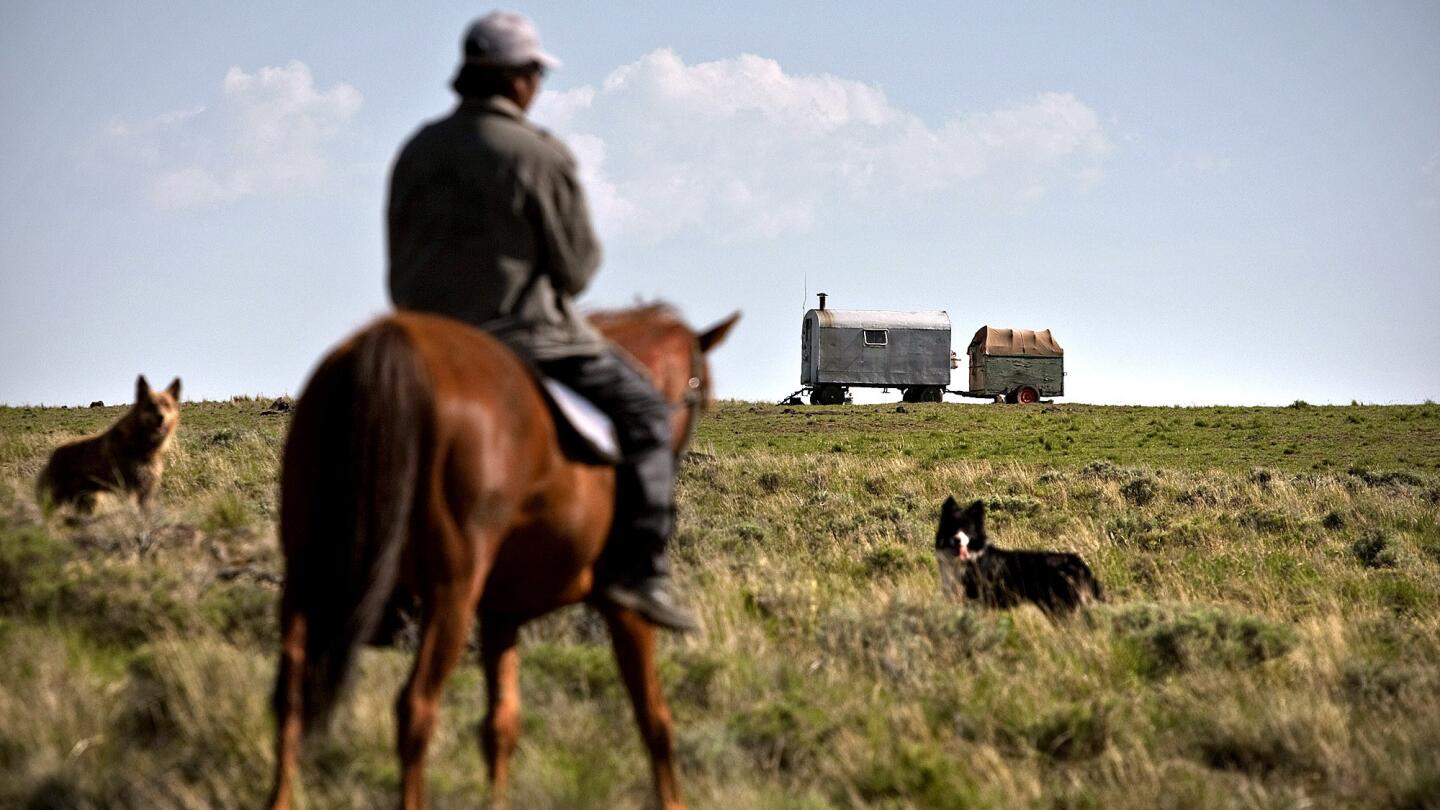
Sheepherding dogs keep a watchful eye out as Ignacio Rupai, 38, from Peru, rides through federal grazing land in eastern Idaho. (Allen J. Schaben / Los Angeles Times)
